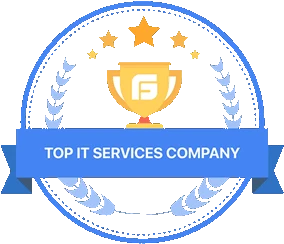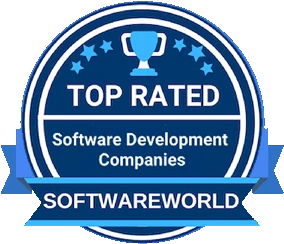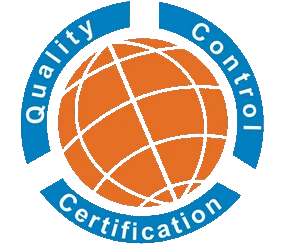
























































































































































































Clarisco requests your action to continue
The above mentioned products are used only for clear understanding. We don't have control of the brand and are not doing direct & indirect partnerships with them. We are also not doing promoting activities for them.
When Facebook renamed its corporate brand to Meta in early October 2021 and announced intentions to invest around $10 billion in the idea that year, Metaverse became a household term. Along with Meta, tech titans such as Google, Microsoft, Qualcomm, and Nvidia, are spending billions of dollars on the technology. McKinsey & Company, a management consulting firm, has estimated that the Metaverse economy will be worth $5 trillion by 2030. While the major driver is projected to be e-commerce, other key sectors such as gaming, entertainment, education, and advertising in the Metaverse are evolving as areas of focus.
With the Metaverse gaining traction in a range of industries, a slew of tools and platforms are emerging to assist coders in developing for it. In this post, we will look at seven tools and frameworks for creating Metaverses in 2023. Our choices are all open source, which will appeal to programmers looking for alternatives to proprietary platforms (paid tools) and large firms' Metaverse development tools.
Blender is a free and open-source 3D modeling suite. It covers the complete 3D pipeline, including modeling, rigging, animation, simulation, rendering, compositing, & motion tracking, as well as video editing and game development. Advanced users utilize Blender's Python scripting API to tweak the application and create specialized tools. Blender is ideal for individuals and small studios because of its streamlined pipeline and responsive development approach. Blender is a cross-platform application that works on Linux, Windows, and Macintosh computers. Its interface uses OpenGL to ensure a consistent user experience. Blender has no cost, but you can invest in, engage in, and contribute to the advancement of a powerful collaborative tool: Blender is your personal 3D program.
Ethereal Engine, often referred to as XREngine, is an open and interoperable end-to-end metaverse development framework. It is intended to be a full-stack MMO (massively multiplayer online game) engine that can be used to organize events, create games, and display artwork. It is a complete web framework built on prominent Javascript frameworks. XREngine lets you develop and integrate your own games and social experiences. It accomplishes this by providing a modular collection of open-source tools for 3D world creation, comprehensive world modification, voice and video communication, and user administration.
HyperCube is an open-source smart contract platform that supports metaverse development as well as virtual reality, augmented reality, and artificial intelligence with high-performance processing power and data storage. The HyperCube network is designed in Rust and is based on the Proof of Disintegration (PoD) consensus, which is a combination of PoW (ETHash) and PoS. (Dedication Formula). It calculates blockchain network accounting rights based on a set of multidimensional criteria such as network coupling, community engagement, and time. HyperVerse – HyperCube's vision of the Metaverse — is one of HyperCube's current initiatives. It is an extended reality project that will smoothly merge the physical and digital worlds.
Webaverse, an open-source and browser-based web3 Metaverse engine is a canvas for storytelling that anybody can use to design and host virtual worlds and gaming experiences. Because the system runs in users' browsers, it is compatible with a broad range of devices, which include VR headsets. These components, when paired with Ethereum, enable Webaverse users to easily bring their NFTs to life for entertainment, as well as freely create and control their avatars, realms, and beyond. The creator-friendly tools, gameplay scripting, minimal code procedural generation, and ability to alter the code, provide interactive experience across social, entertainment, business, and education arenas.
JanusWeb advertises itself as a free and open-source web platform for creating interactive virtual reality experiences. It can be utilized to transform an existing 2D website into a 3D environment. JanusWeb's widget creator makes it simple to include a 3D WebVR gateway into your 2D website. A conventional 2D browser can be used to connect to the metaverse. JanusWeb is compatible with all mainstream web browsers. It is compatible with desktop computers, smartphones, and tablets. You can browse, communicate, and play on several devices.
The Open Metaverse Interoperability Group (OMI Group) is working on protocols for identification, social graphs, and inventories, with the ultimate purpose of connecting virtual worlds. The OMI Group has identified the primary areas of investigation, which include identity, avatars, inventory/trading virtual items, 3d content, friends lists/social graphs, and portable scripted objects/scenes. According to the firm, they are not directly constructing the metaverse. They do, however, aim to reach an agreement that would transform isolated virtual worlds into a network of interoperable ones. Aside from technical work, OMI seeks to establish a community of artists, creators, developers, and other innovators to discuss and explore new ideas.
The WebXR Device API allows web browsers to access virtual reality and augmented reality devices. It is the work of the Immersive Web Community Group, which includes Google, Microsoft, Mozilla, and others. WebXR's AR module aligns virtual material with real-world surroundings before displaying it to users. WebXR leverages ARCore to power AR experiences on Android smartphones via the Google Chrome browser. WebXR-compatible devices encompass fully-immersive 3D headsets with motion and orientation tracking, eyeglasses that feature graphics atop the real-world scene passing through the frames, and portable mobile phones that augment reality by seizing the world with a camera and enhancing that capture with graphics.
Judging by how the digital revolution has revolutionized our lives over the past three decades, it is evident that the metaverse represents a potential new area of economic opportunity. Metaverse is not the work of a single programming language, corporation, or individual. Instead, the metaverse's basis is built on a variety of technologies that incentivize individuals to invest in and profit from this emergent technology. Early estimates suggest that the global metaverse's economic contribution might be worth more than $3 trillion by 2031.
Looking at potential business prospects in the Metaverse in 2023? Do check out our Metaverse development services. With proven expertise in developing Next-Gen solutions, Clarisco Solutions has helped hundreds of clients in transforming their ideas into futuristic solutions. Our years of expertise encompass Blockchain, NFTs, AR/VR, ML, the Metaverse, and much more.
So, what are you holding out for?
Join us today and use our Metaverse development services to uncover hidden verses.
Drop us a line right away!
Our trustworthy and happy Clients

200+

served Clients with a happy smile
Awards & Recognition
We are extremely pleased that reputable publications around the world recognised our superior work.




We'd Love To Hear From You!
Know your requirement, our technical expert will schedule a call and discuss your idea in detail. All information will be kept confidential.
Skip the queue and book a call with our Founder

Founder, Clarisco Solutions Private Limited
With 12+ years of experience leading ventures in various industries, we guide businesses through digital transformation. We deliver Blockchain

Plot No. 29, 30, Iswarya Nagar,
Madakkulam, Tamil Nadu 625003, India
Business@clarisco.com +91 9442430551Monday-Saturday: 10am - 7pm
Sunday: Closed
